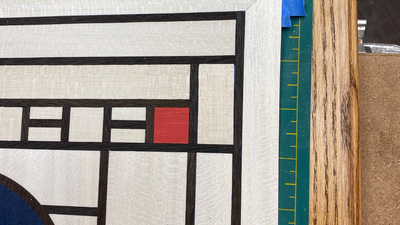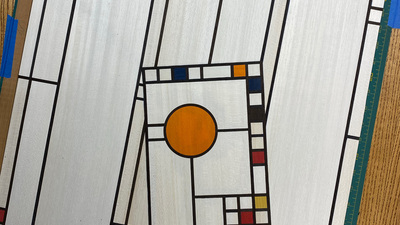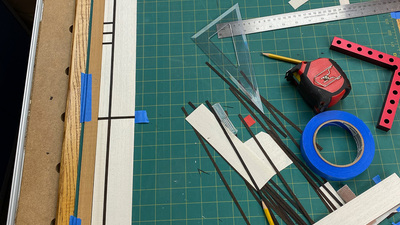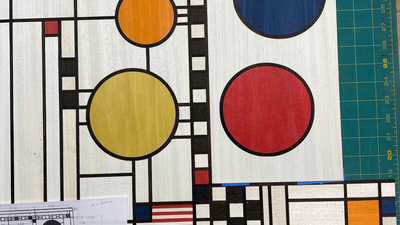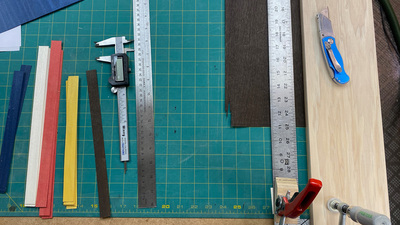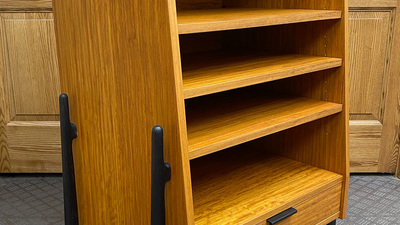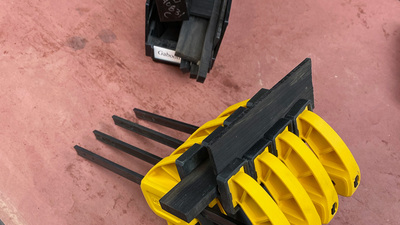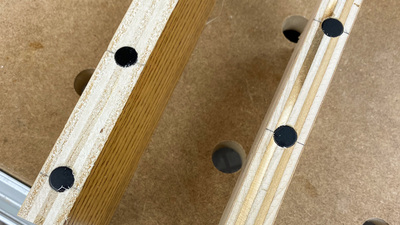Share your craft projects
Make new craft buddies
Ask craft questions
Blog your craft journey

I just had a few steps to get the panel ready for glue-up.
Finishing the border:
[20240413-IMG_9024.jpg]
[20240413-IMG_9031.jpg]
Applying the ...
Before tackling the remaining steps on the large panel, I made a small test panel to experiment with. I didn't really have a plan for the layout, ...
I shifted the cutting mat down to work on the bottom portion and put the whole thing on top of some salvaged plywood shelves for full length suppor...
Just some more progress photos as I completed the upper right quadrant.
[20240329-IMG_8956.jpg]
[20240329-IMG_8957.jpg]
[20240330-IMG_8958.jpg]
[2...
Tonight I finished the top-left quadrant. No hiccups, fortunately.
I had left space for the "string" for the yellow balloon, thinking I might p...
Armed with a new circle-cutting tool, I thought it would be smooth sailing cutting out the balloons and the outline rings. Nope. There were two t...
While waiting for the circle cutter to arrive, I identified the boundaries for another independent module I could assemble - the cluster underneath...
Initially, I didn't plan to make any blog posts for this project because I didn't know if it would work out or crash and burn (still don't).
But si...
In the near future, I'll be building a sliding panel similar to what Ron Stewart did here. In my case, I thought I'd try to make the panel a sort ...
After about 2-1/2 months, the cabinet is finished and ready for use.
Media cabinet project summary:
• Baltic birch plywood with Izombe veneer an...
For the drawer pull, I decided on a simple edge-mounted design. I wanted it to be black to match the legs, and to avoid another round of ebonizing...
Here are some progress photos on some miscellaneous bits.
I did do a test with edge-to-edge magnets. They did pretty well self-aligning, and they...









